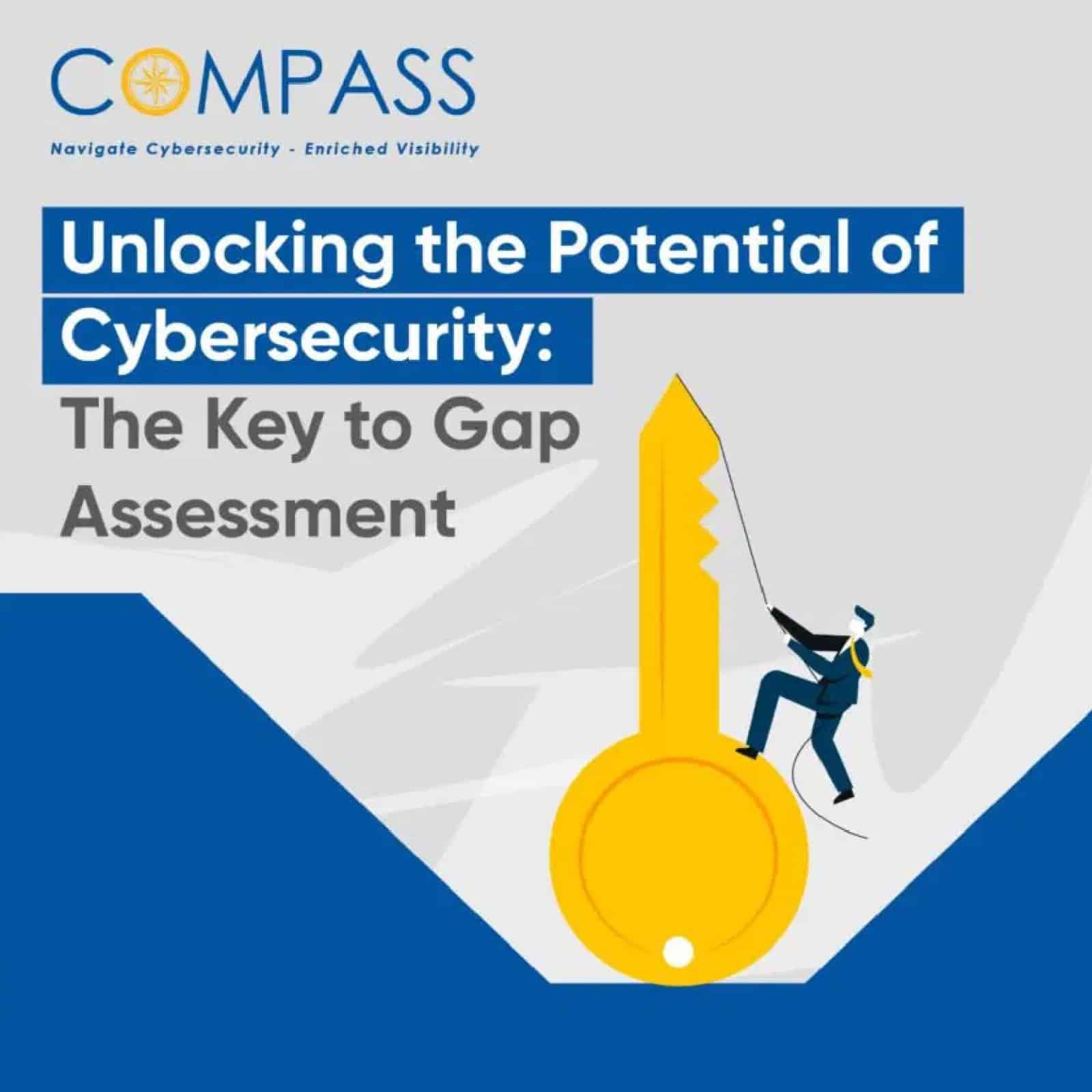
In the ever-evolving realm of cybersecurity, organizations face an unceasing challenge to secure their digital fortresses. A mid-sized financial services firm prides itself on its commitment to safeguarding customer data and financial assets. However, recent cyber threats have escalated, and the firm is keen to ensure that its cybersecurity defences remain resilient. In this scenario, a Gap Assessment becomes a crucial tool for the organization, allowing them to understand where they stand in the cybersecurity landscape, what gaps exist in their security measures, and how they can fortify their defences.
A Gap Assessment is a systematic and strategic process that evaluates an organization's current security practices, protocols, and technologies against industry standards, best practices, and compliance requirements. This assessment provides a holistic view of the organization's security posture and is essential in identifying vulnerabilities and security gaps.
In a rapidly changing world where technology evolves, regulations tighten, and threats become more sophisticated, organizations need a compass to navigate their way through the complex landscape of cybersecurity. Gap Assessments serve as that compass, providing the necessary guidance to understand where an organization stands, where it should be, and how to bridge the divide between the two. They are the essential tool that empowers businesses to proactively protect their assets, ensure compliance, and stay ahead of emerging threats. The benefits of an organization in performing a Gap Assessment are as follows:
Threat Readiness: Cyber threats evolve rapidly. To be prepared for emerging risks, organizations must identify vulnerabilities before malicious actors can exploit them. Gap Assessments enable organizations to stay ahead of the curve.
Compliance Adherence: Many industries, including finance, healthcare, and critical infrastructure, are subject to strict regulatory requirements. A Gap Assessment helps organizations ensure they meet these standards, avoiding hefty compliance penalties and maintaining trust with customers.
Data Protection: Data breaches are catastrophic to an organization's reputation and trust. For instance, an e-commerce business conducting a Gap Assessment may discover encryption protocol weaknesses, which, when addressed, protect customer data.
The Gap Assessment process is a structured and systematic approach that enables organizations to evaluate their current state and compare it to their desired state, whether in terms of cybersecurity, operational efficiency, or compliance. It can be done in the following way:
In the world of Gap Assessments, the right tools can make all the difference, enabling organizations to navigate the path from their current state to their desired state with precision and efficiency. Let's explore a range of powerful tools that empower organizations to conduct thorough Gap Assessments and take proactive steps toward achieving excellence in various aspects of their operations.
These tools empower organizations to not only identify gaps but also to take actionable steps in closing them, safeguarding their operations, and ensuring continuous improvement.
COMPASS, a specialized lightweight platform, enhances your Internal Audit and external audit processes and user experience. Some of the benefits of using COMPASS include:
In the high-stakes world of cybersecurity, Gap Assessments are indispensable for safeguarding digital assets and ensuring regulatory compliance. By employing a Gap Assessment, organizations can pinpoint and prioritize vulnerabilities, maintain regulatory adherence, and protect sensitive data. Tools like COMPASS by CyRAACS simplify and enhance this process, providing a clear roadmap to a safer and more resilient cybersecurity future.